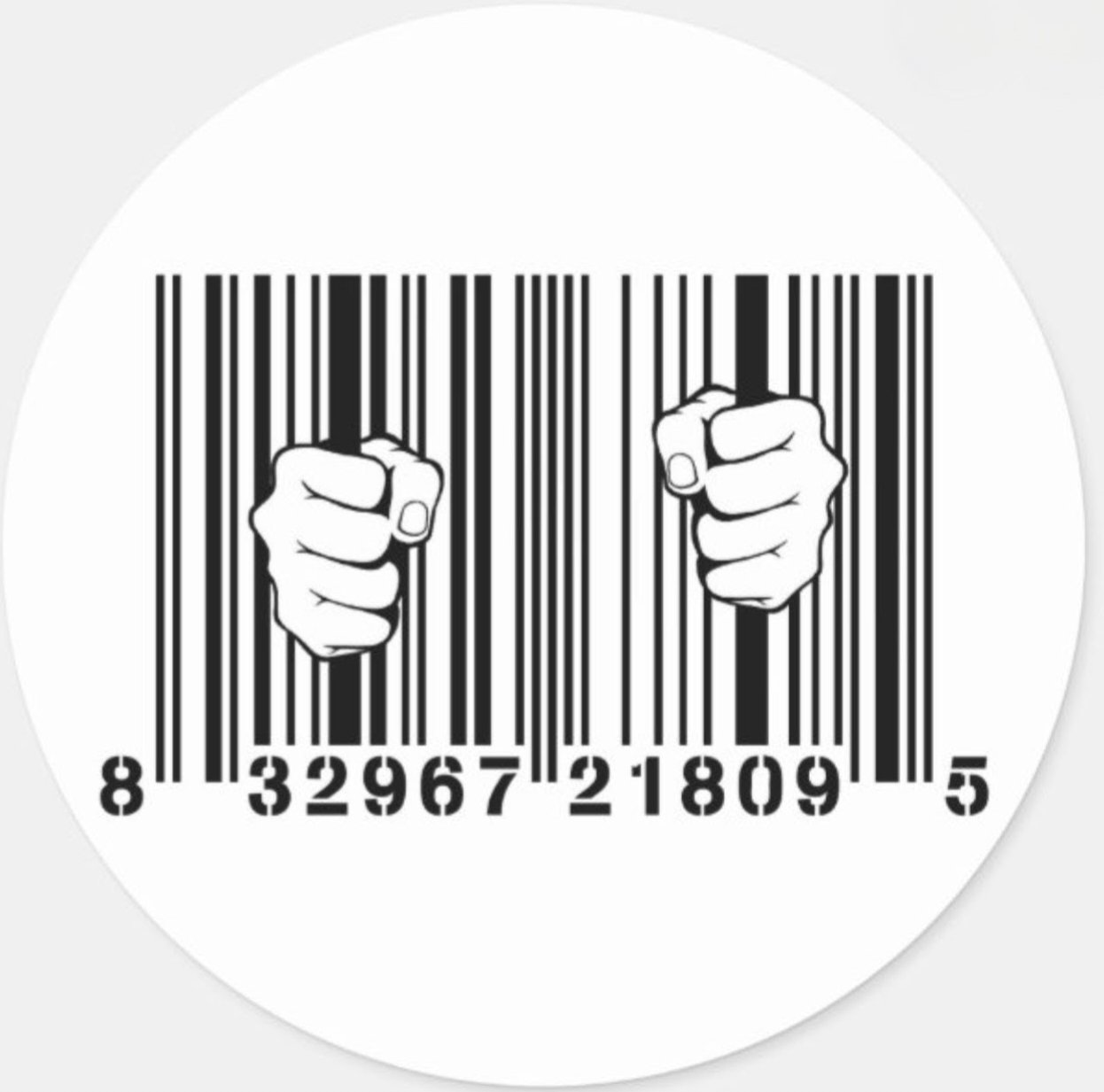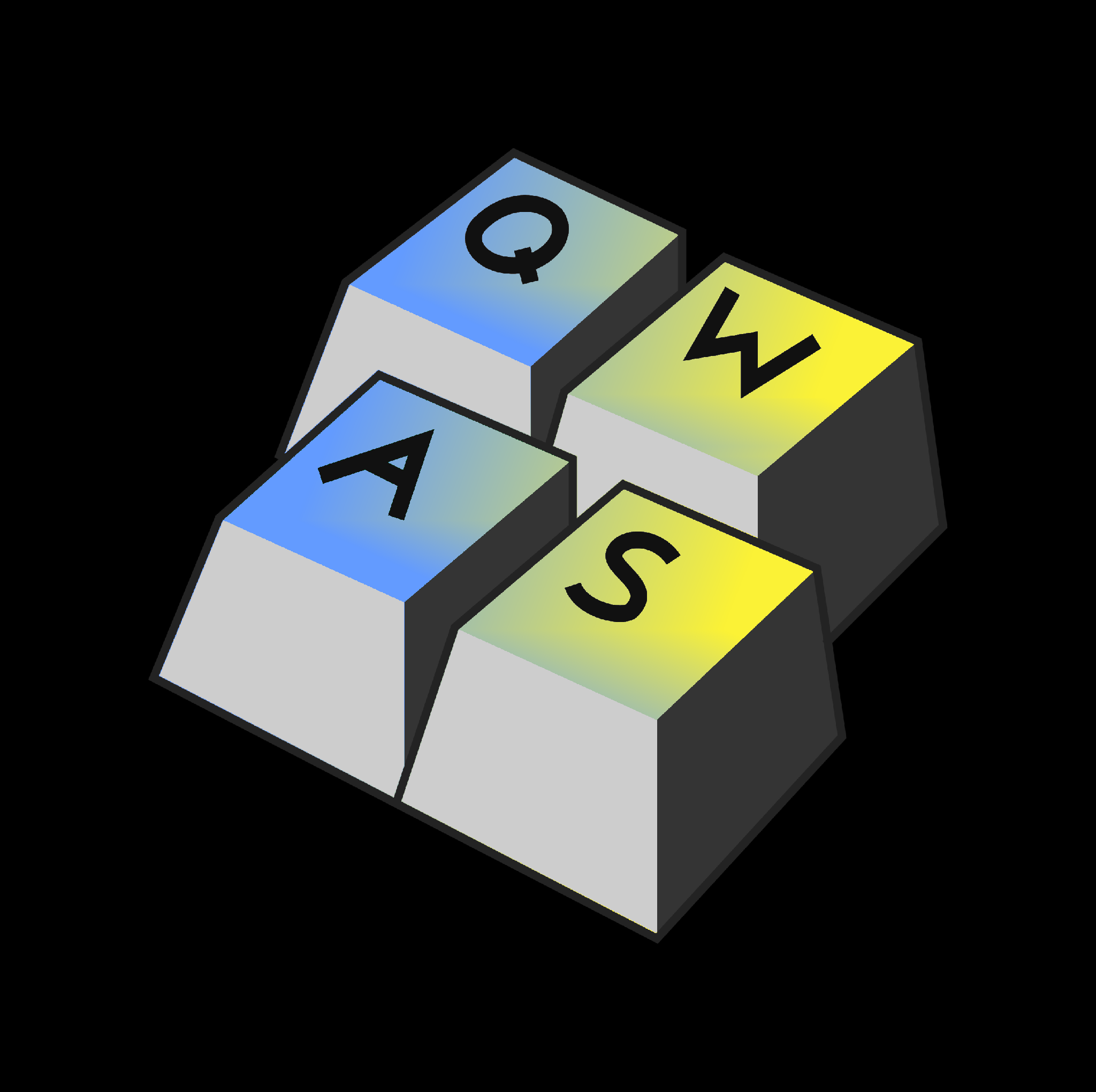

Uh, Rubberducking? Da schlägt einem ja das Programmierer-Herz höher. 🥰


Uh, Rubberducking? Da schlägt einem ja das Programmierer-Herz höher. 🥰


Great list and your thoughts and points are greatly appreciated.
However, having a list about anticapitalism hosted in Canva is kind of ironic. 😉


I think you got the wrong community. This one’s not for porn.
Could you please remove it?


Used them a couple times already. They are great!


They are not unproblematic on a bigger scale. At least the way Germany does it.


Same for me.
Ich drück dir ganz solidarisch meinen Nagellack! 🥰


Richtig coole Idee & Bildkomposition. Ist total Klasse geworden.
Damit mein Monster Respekt. 😉


Kommt vor. Du hast mir damit auf jeden Fall meinen Tag versüßt. Danke! 🥰


Psssst: Wird es garnicht. Das Ding nennt sich “LackMUStest” - also ohne das A.
Aber ich starte jetzt ne Petition um das offiziell auf “Maus” umzubenennen. Einfach viel zu goldig. 😇


Ich hab deinem Kommentar eigentlich inhaltlich nichts hinzuzufügen - aber das Wort “LackMAUStest” bringt bei mir grad viel zu lustiges Kopfkino an den Start. 😂 Sorry.


She is a beauty! 🤩


It’s a no-brainer, really. You just need to leverage the paradigm shifting synergies effectively to create a win-win situation. It’s not rocket science.
Anyhow, let’s touch base next week. Keep me in the loop!
/s


Not necessarily. Some economists say this (on a large scale) would even lead to greater wealth in the population. However, it would destroy capitalism pretty quickly.


So, in other words, a decentralized “Library Economy” or “Sharing Economy”. Very Solarpunk. 😇


Ich glaub wenn ein Schaffner von einem verärgerten Idioten weniger auf die Fresse bekommt, dann sind die Kosten wieder drin. Hilft ja auch sich mit den Leuten zu identifizieren und vielleicht auch mal deren Situation im Dienst zu verstehen.


Es gibt durchaus rechtsextreme Flügel die Vegan sind. Die schwurbeln sich das irgendwie mit “Reinheit” und “Heimatessen” zusammen.


Ich weiß ich wiederhole mich, aber: GnuTaler, wann?
Auch mal was für den #FahrradContent.